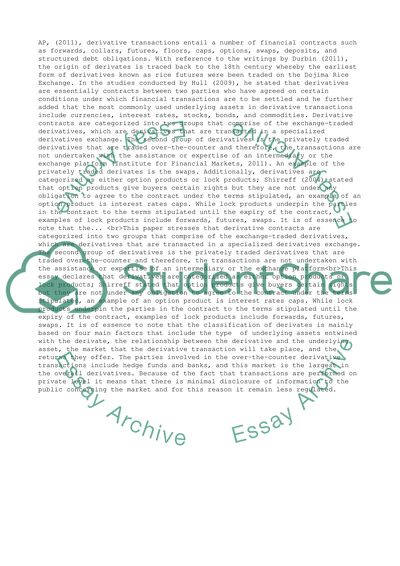Cite this document
(“Derivatives Literature review Example | Topics and Well Written Essays - 1750 words”, n.d.)
Retrieved from https://studentshare.org/business/1479020-derivatives
Retrieved from https://studentshare.org/business/1479020-derivatives
(Derivatives Literature Review Example | Topics and Well Written Essays - 1750 Words)
https://studentshare.org/business/1479020-derivatives.
https://studentshare.org/business/1479020-derivatives.
“Derivatives Literature Review Example | Topics and Well Written Essays - 1750 Words”, n.d. https://studentshare.org/business/1479020-derivatives.


